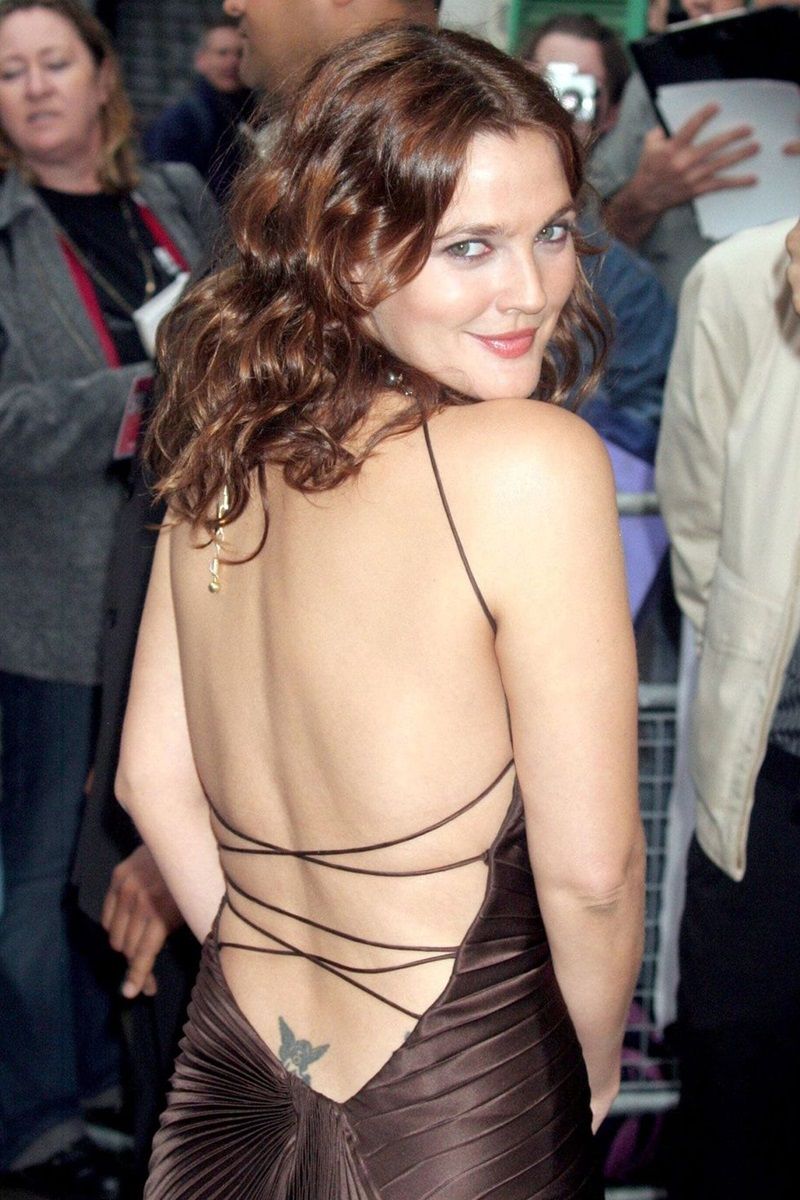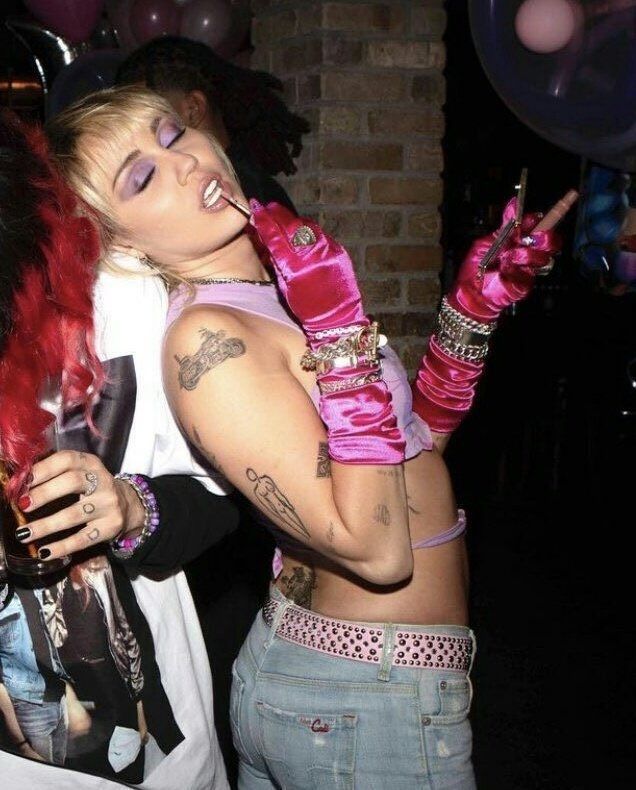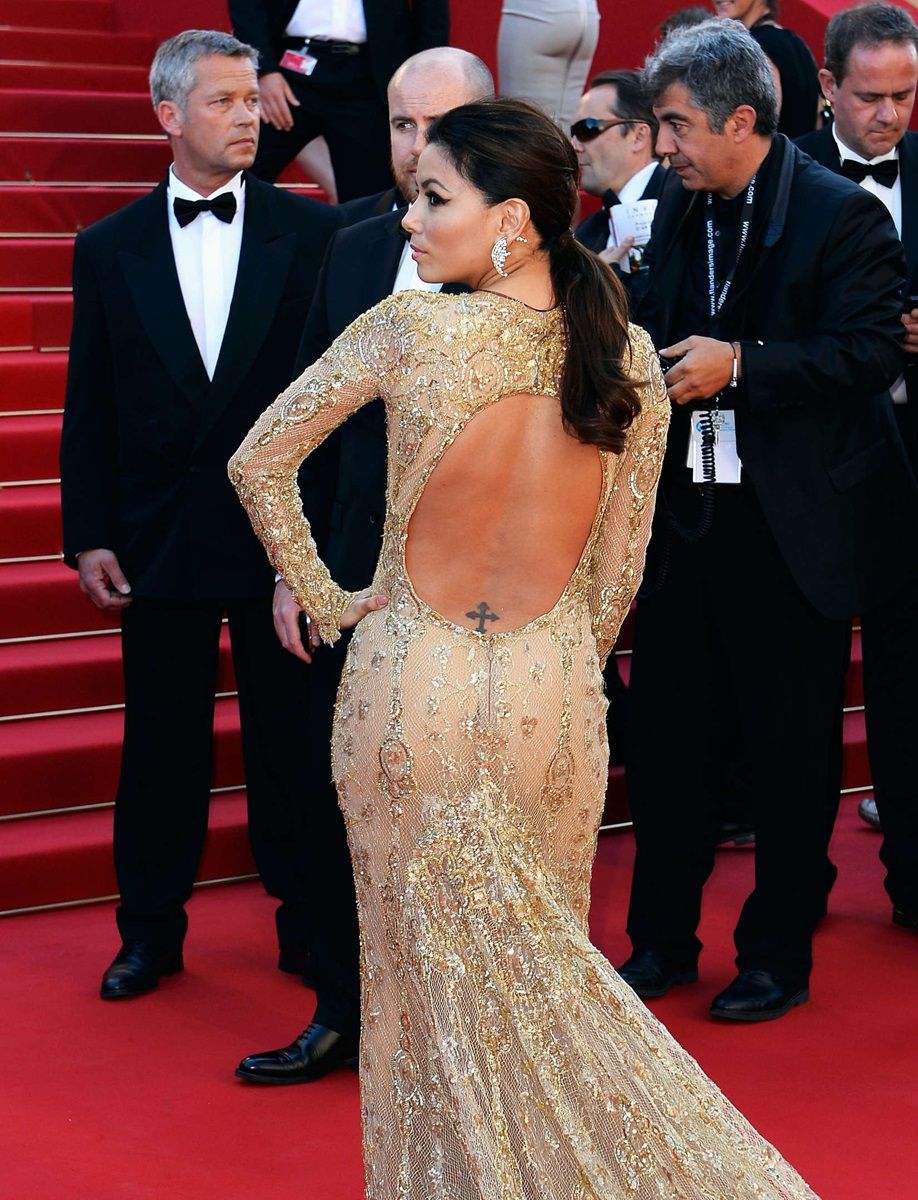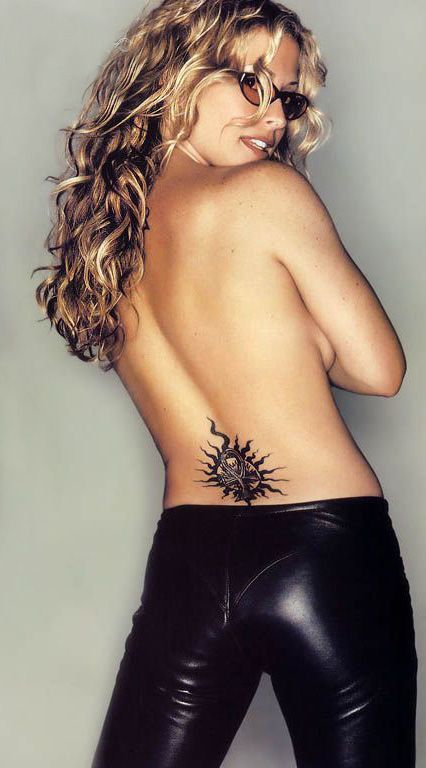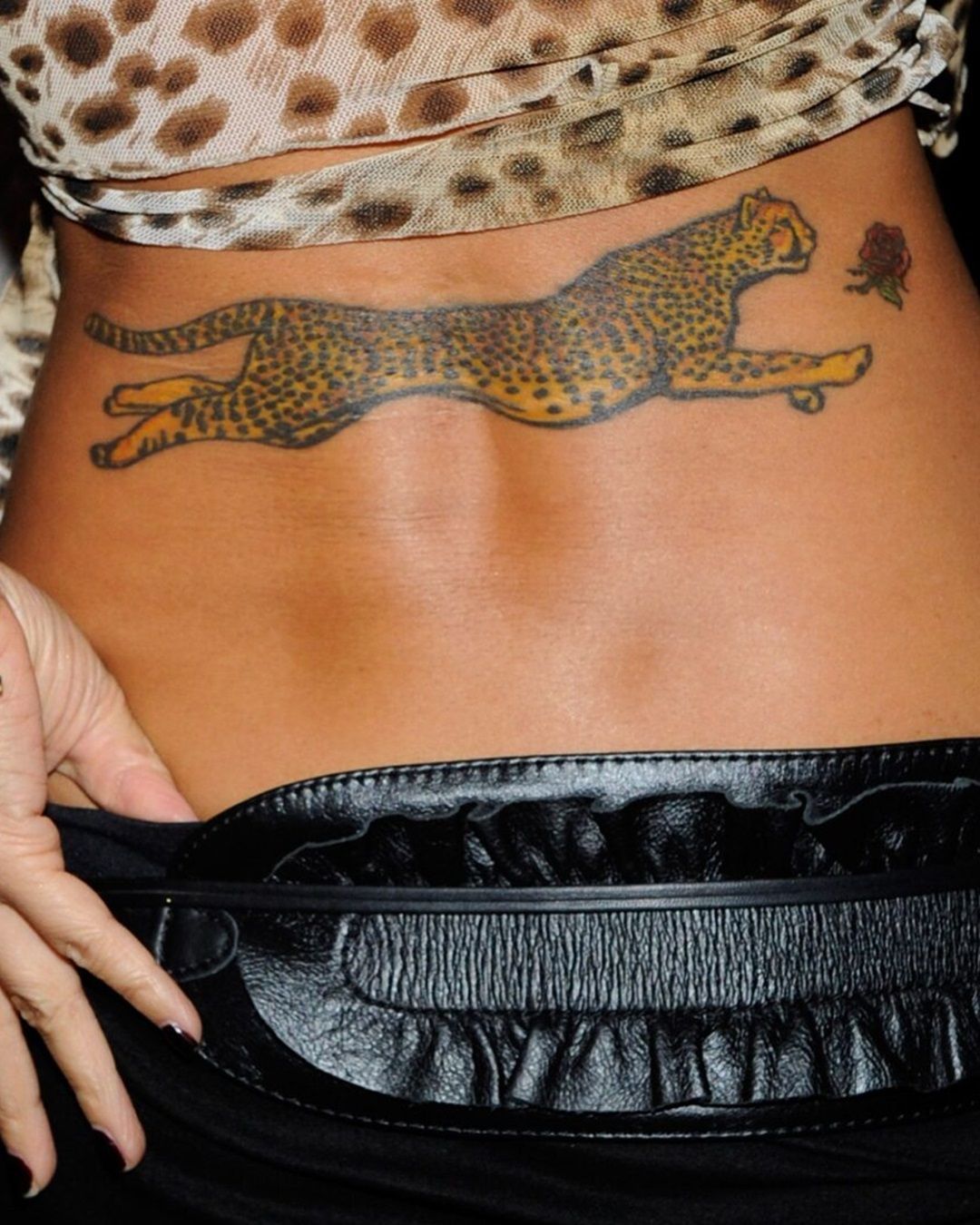
The return of the backside tattoo How a style detail evolved from a misogynistic stigma to a symbol of freedom
Someone, especially those who were there at that moment, might shout, "Stop this carousel. I want to get off!" witnessing the rise of the obsession with Thigh Gap and the Y2K style. Well, if you are resistant to nostalgia for the early 2000s, surrender and accept it or blissfully ignore the entire phenomenon because, along with low-rise pants and visible thongs, lower back tattoos are also making a comeback. In a 2024 where wars and genocides show no signs of stopping, city air becomes unbreathable, our salaries are getting slimmer, and fundamental rights like abortion are under scrutiny, many, mostly from Gen Z, rework the recent past by proposing a romanticized and emancipated version of the hedonism of the early millennium. In this contemporary reinterpretation, the tattoo on the lower back, also known as the "tramp stamp," sheds misogynistic connotations to become a symbol of reclaiming female sexuality and ownership of one's body.
A Brief History of Lower Back Tattoos
No, the trend of tattooing the lower back wasn't invented by Anastacia in 2000. It seems that women in ancient Egypt (as evidenced by the discovery of two mummies in 2022) used to adorn that part of their bodies with tattoos to protect themselves and others during childbirth, a tribute to the deities Bes, the god of childbirth and fertility, and Hathor, the goddess associated with motherhood, love, and sexuality. It took a long and slow process before tattoos became normal. Even more challenging was their acceptance in the female universe. Those who used ink on their skin faced animosity and judgment, being labeled as unfeminine or promiscuous. According to Ariane Ellerbrok's Negotiation and Resistance: The Female Tattooed Body, this link between tattoos on women and promiscuity in Western culture probably stems from the 19th and 20th-century circuses where performers stripped to show the audience their body drawings. Another likely origin of this demonization of tattooed women is racism. Many cultures of people of color include tattoos in their traditions, and colonizers used it as an example of primitiveness and cultural inferiority. According to Dr. Anna Felicity Friedman, a tattoo historian and director of the Center for Tattoo History and Culture, women in Western society began getting inked on the lower back in the late '80s. "Due to persistent mid-century stigmas about tattoos, they wanted to put them in a place that could be easily hidden," she explains.
Y2K Celebs' Love for Tramp Stamps
The trend exploded in the decades that followed, popularized by celebrities like Britney Spears, Lindsay Lohan, and Jessica Alba. Just flip through a magazine to see a butterfly, heart, or tribal design peeking out of Juicy Couture pants. What were the most loved designs by the stars? Britney chose a small fairy; Jessica Alba, a bow; Drew Barrymore had two cherubs; Christina Aguilera went for a Hebrew quote; Eva Longoria, a cross; Victoria Beckham proudly displayed five stars representing her, David, and their three children Brooklyn, Romeo, and Cruz (wonder if she added another one after the birth of daughter Harper Seven in 2011?). The boldest? Angelina Jolie, who tattooed a 15-centimeter Bengal tiger on her lower back.
The Misogynistic Stigma of Lower Back Tattoos
Many celebrities have also decided to remove their tattoos. Among them are Eva Longoria, Khloé Kardashian, and Nicole Richie, who in 2013 explained her decision, saying "It just means one thing, and I don't want to be a part of that group." What was Nicole referring to? The misogynistic stigma and slut-shaming that surrounded women with a lower back tattoo, also called a "tramp stamp." It's not entirely clear when and how the derogatory nickname originated, but it began gaining popularity thanks to Saturday Night Live and Vince Vaughn's character in Wedding Crashers, who said, “Tattoo on the lower back… might as well be a bullseye.” indicating it as an immediate invitation for sex. Soon, thanks to the persistence of paparazzi, scandalous media, and pop culture, getting inked on what is considered one of the most erotic parts of the body equaled attracting all kinds of sexist mockery, to the point that someone called the trend "the scarlet letter of our generation." This treatment was not reserved for the male equivalent. For example, David Beckham also has a lower back tattoo, but no one has ever accused him of being promiscuous or passed negative judgments based solely on that detail.
Lower Back Tattoos in 2024
As we know, fashion is cyclical, even in the world of tattoos. Drawing from Y2K culture, Gen Z has taken elements like visible underwear, baby aesthetics, pink, or lower back tattoos, subverting the sexist and misogynistic stigma of the past. Now, having that area tattooed is a symbol of liberation, reclaiming one's body. Some find it simply cute, but they no longer feel the pressure of being labeled as "easy," promiscuous, or worse. Designers have embraced this new concept and incorporated lower-back tattoos into their creations. Paloma Wool has launched a dedicated capsule collection, while Collina Strada has introduced belts inspired by tattoos for its spring 2022 collection. Celebrities have also started flaunting them again: Miley Cyrus and Ice Spice have maxi tribals on the lumbar area, fashion influencer Maria Bernad has a butterfly in full Y2K style, and Grimes has "alien scars."





















































